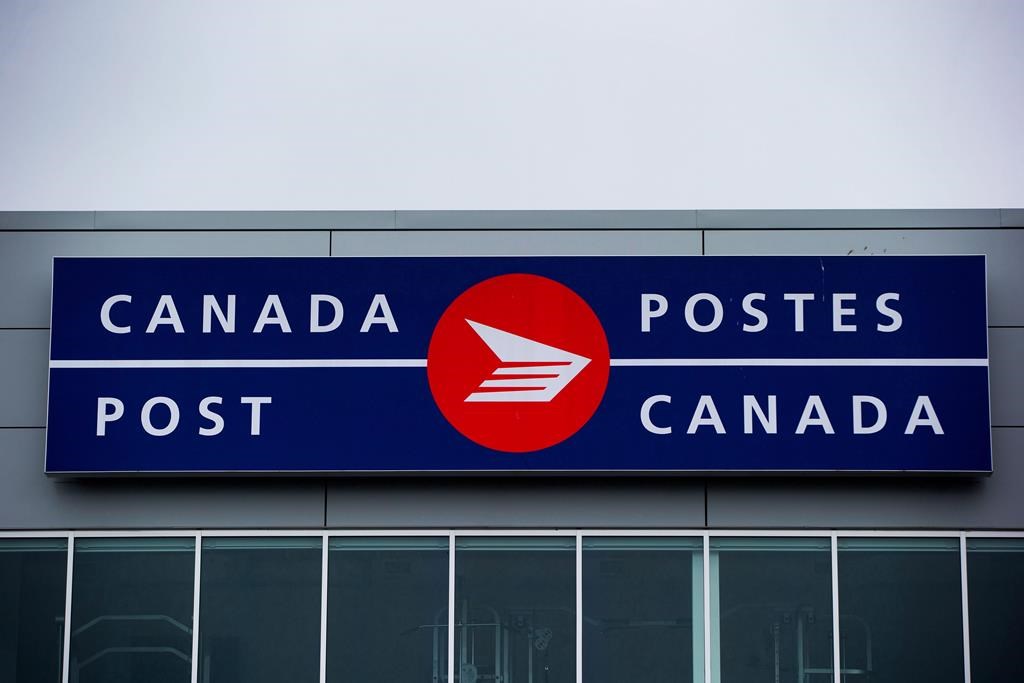Food, gas leads retreat in inflation rate to 1.9%, lowest since September 2010
Posted Apr 20, 2012 06:00:48 PM.
This article is more than 5 years old.
OTTAWA – Canada’s inflation rate dipped to the lowest level in 18 months in March as price gains in food and gasoline slowed dramatically — although consumers may find it difficult to see the savings.
Statistics Canada reported Friday that the national inflation rate dipped seven-tenths of a point to 1.9 per cent — the first time since September 2010 that the rate has been below the Bank of Canada’s sweet spot of two per cent.
Economists had anticipated a major retreat in the annual inflation rate, which had been rising the previous three months, but the drop was even more dramatic than expected.
But unless Canadians have long memories, they won’t much notice the difference. In fact, they may feel the cost of most things they buy are continuing to rise.
That is because in the most immediate and visible comparison of prices — the non-seasonally adjusted month-to-month movement — consumers did in fact pay 0.4 per cent more for most items in March than they had a month earlier.
Compared with February, Canadians paid more for gas, transportation, clothing and footwear and the costs associated with recreation, education and reading.
But the dramatic drop-off in the annual inflation rate — current prices compared with March 2011 — will be a welcome development for borrowers, since it will ease pressure on the Bank of Canada to hike interest rates as it suggested this week it soon might.
The central bank’s core inflation rate, which it uses to measure underlying price pressures after excluding volatile items like energy and some foods, also fell to 1.9 per cent in March.
“The easing in inflation pressure is very welcome news for Canadians,” said Arlene Kish of IHS Global Insight.
“Canadians are already cash-strapped given our low savings rate. As well, based on research from the Bank of Canada, some consumer purchases are being financed by home equity lines of credit.”
But the inflation numbers won’t be much of a surprise to the central bank. It had predicted earlier this week that the consumer price index would “moderate” and “be around two per cent … as the economy reaches its production potential” in about a year’s time.
Bank of Montreal economist Robert Kavcic said given that gasoline prices continued to rise into April last year, it may be possible to see annual inflation fall further next month should gas prices remain stable this April.
As for food, the correction was long overdue, he said.
“We’re overdue to see food inflation cool because agricultural prices started coming off as early as the middle of last year,” he explained.
“Given the trend we’ve seen in raw commodity prices, it’s probably a safe bet that (food) will ease further. You also have a lot of competition heating up in the grocery store sector (with) Target coming in next year.”
The Bank of Canada’s prime mandate is to keep inflation at or as close to two per cent as possible, but Kavcic and other analysts believe governor Mark Carney will base his decision on what to do with interest rates more on how the economy performs than on the CPI.
In an analysis, CIBC chief economist Avery Shenfeld argued Carney’s signal about possible future rate hikes is based on the bank view that the economy is growing slightly stronger this year than consensus — 2.4 per cent versus 2.1. If it turns out to be wrong, the current output gap won’t close and the central bank will be left with no good reason to hike borrowing costs.
“No acceleration in growth, no pressure on core inflation, no rate hikes,” Shenfeld wrote in his end of week note to clients.
In its statement keeping the policy rate at one per cent a little while longer, the bank focused most acutely on improving growth trends globally and domestically. On a year-over-year basis, Statistics Canada said the slowing acceleration in consumer prices was widespread.
Most dramatic was in the cost of food, which was just 2.2 per cent higher this March compared with last year, a major retreat from the 4.1 per cent difference seen in February.
And although the pump price of gas remains elevated and is 6.6 per cent higher now from last March, that’s less than the 8.9 per cent year-over-year increase seen in February.
That contributed to a slowdown in increases on the cost of energy overall to 5.1 per cent from 7.2 the previous month, and electricity to 5.3 per cent from 8.7 per cent.
The overall cost growth in transportation, which is influenced by gasoline prices, also moderated to 3.8 per cent.
Other big movers, although they comprised less significant parts of the overall basket, included fresh vegetables, which were 15.8 per cent less expensive in March than last year; video equipment, which fell 13.5 per cent; furniture, down 4.9 per cent, and women’s clothing, slipping 2.1 per cent.
The agency said price growth on a year-over-year basis slowed in every province in the country.
On a month-to-month basis, however, prices rose in four of the eight major components, led by gasoline, which went up 4.4 per cent from February, and clothing and footwear, which increased by 3.2 per cent.










